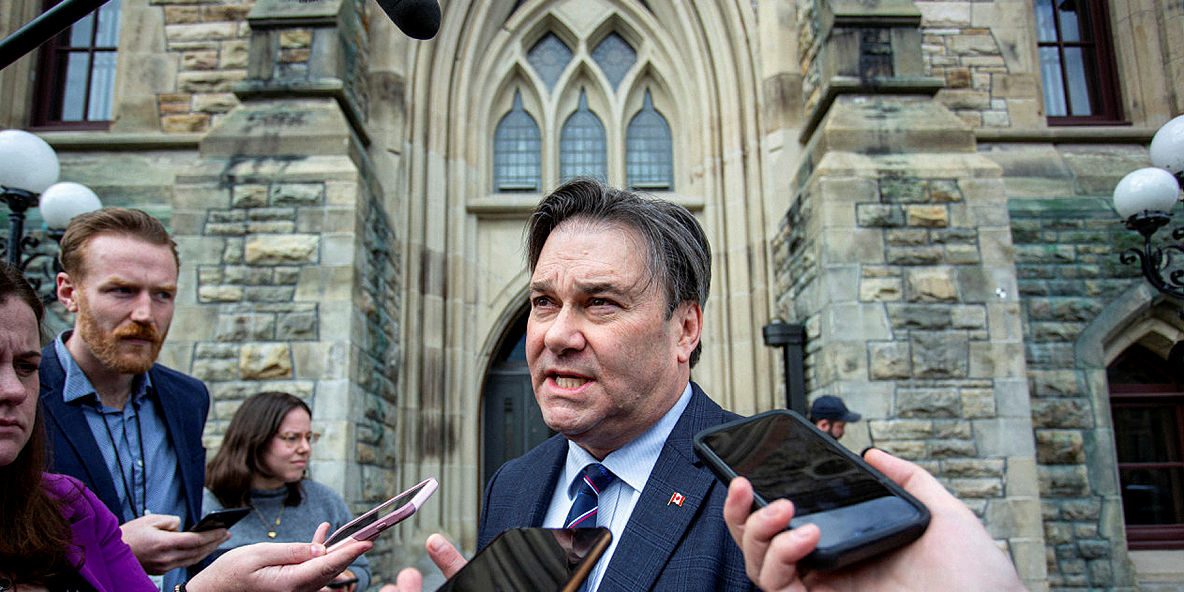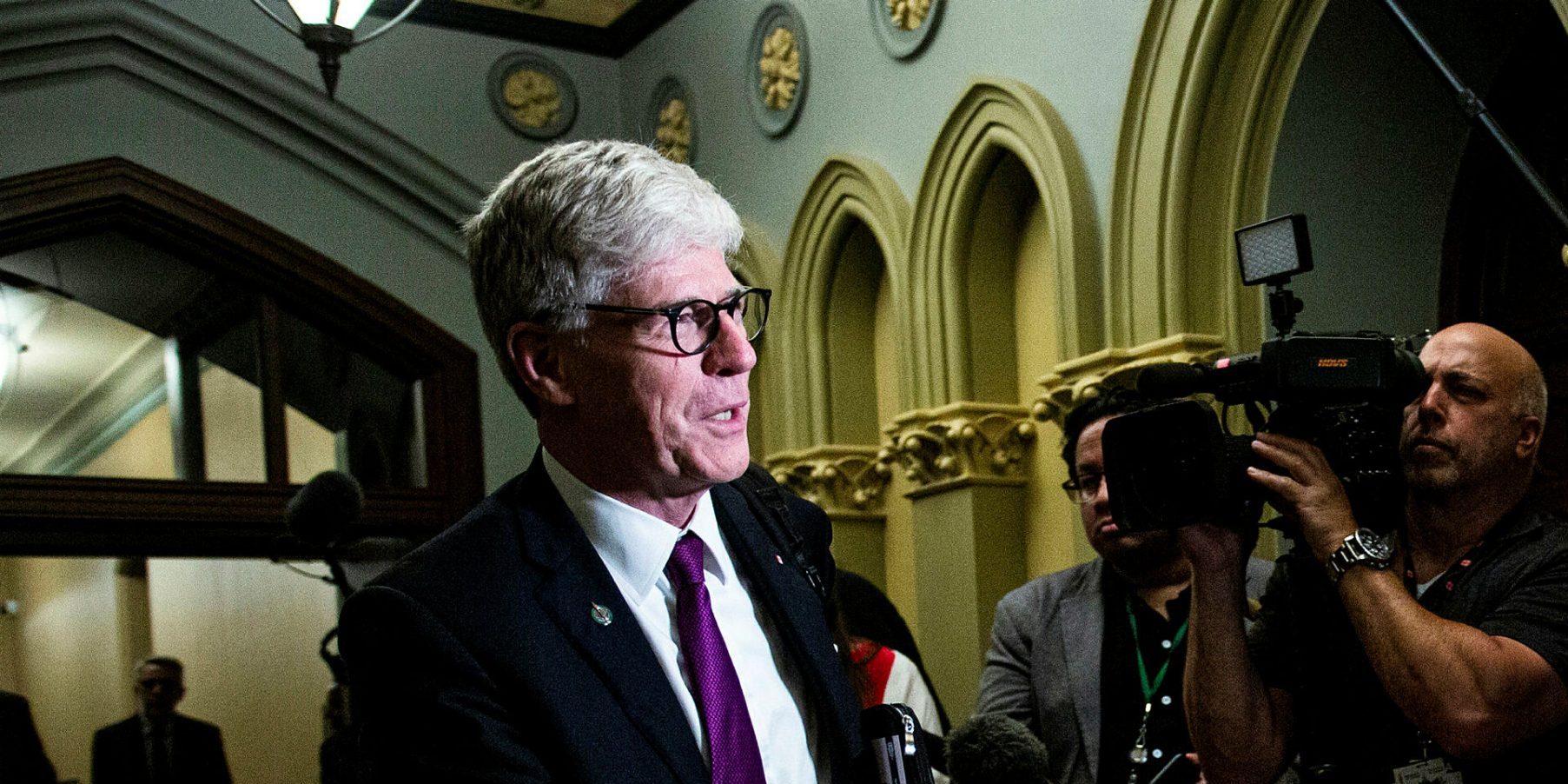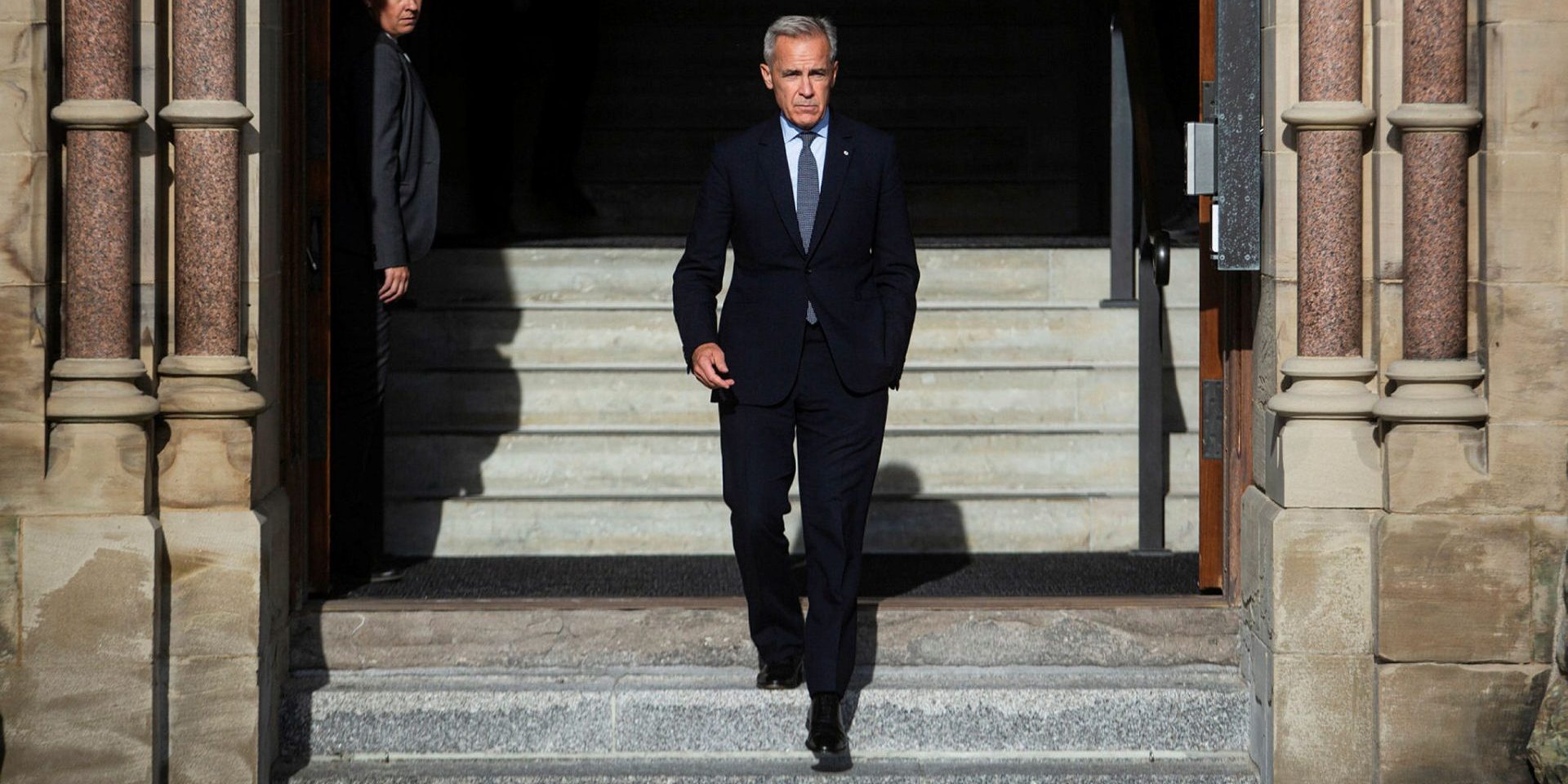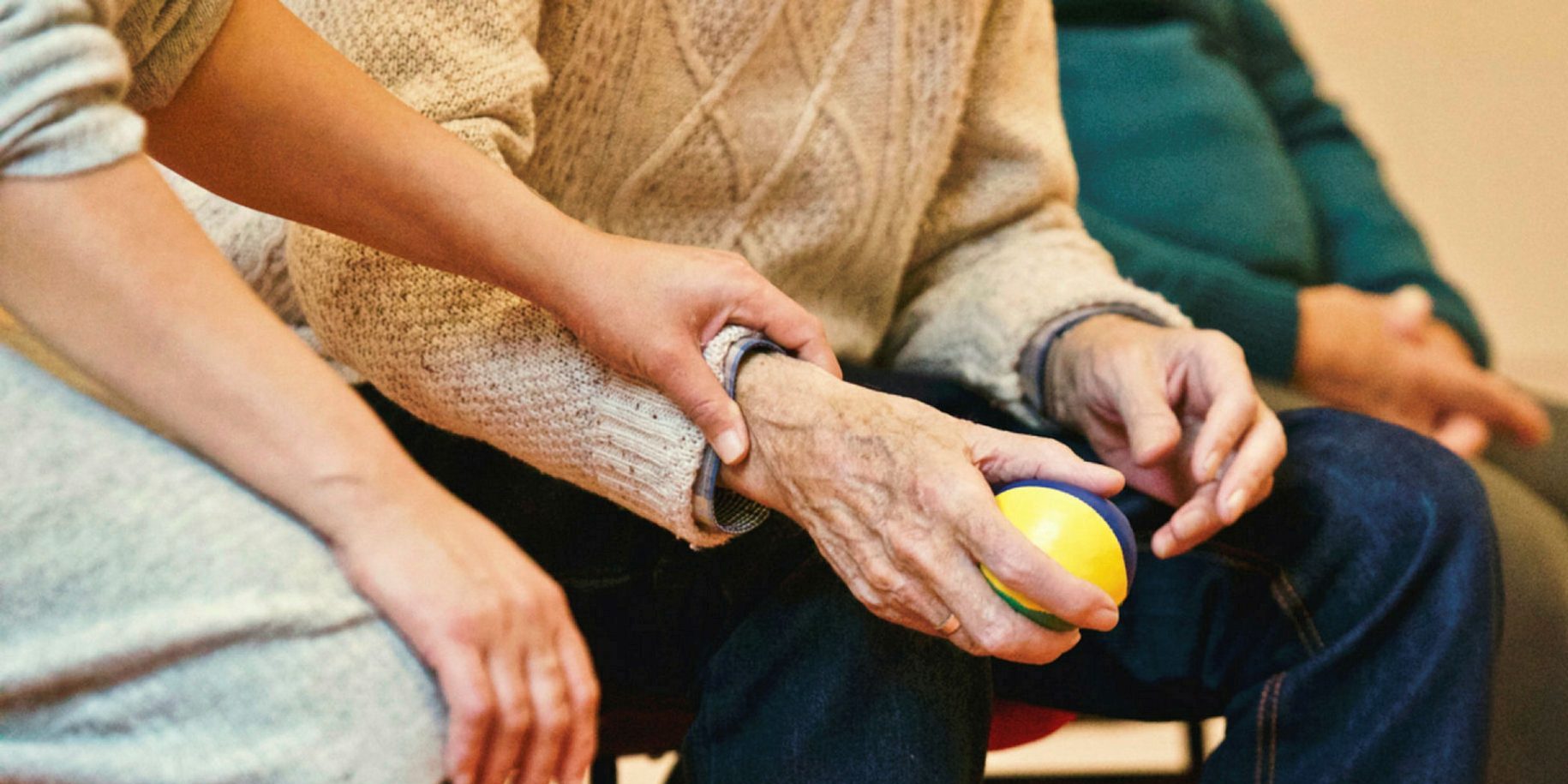Carney Liberals moving to the right opens up a potential opportunity for the NDP

The NDP is currently at its lowest point in history in terms of representation in the House. Similar to the 1993 election, when it won only nine seats, the New Democrats failed to meet the threshold for recognized party status after the April 28 election with only seven seats. It is the worst the party has done in its history. To be recognized as an official party in the Commons, a caucus must secure at least 12 seats. Not being able to meet this threshold means the NDP will lose millions of dollars of funding for research, guaranteed speaking time in the House, and voting rights in standing committees, which are the heart and soul of parliamentary work.
It is not uncommon for federal political parties to lose recognized party status for one or two election cycles, and regain it later. The Bloc Québécois, for example, was in this position in 2011 and again in 2015, but bounced back it in 2019. Similarly, the NDP failed to win official party status in 1993, but won it back in 1997. It also achieved official opposition status in 2011 when it won 103 seats in the “Orange Wave.”
Since the House returned this spring, the New Democrat MPs have been in negotiations with the governing Liberals and other opposition parties to secure parliamentary resources for research, communications, and legislative staff. These resources would need to be approved through the Commons’ Board of Internal Economy—which has representation from all parties and is chaired by the House Speaker—but would require unanimous support from all parties. Several Liberal MPs—who have been competitive with the NDP in past elections—are pushing back internally against giving resources to the left-wing party.
Under then-prime minister Justin Trudeau, the Liberals were a left-of-centre party, focused more on social policies. But Prime Minister Mark Carney is moving the party to right-of-centre on political spectrum. Liberal MPs told The Hill Times last week that this is reflects the public’s evolving views and the mood of the times. Carney is making this move at a time when people are grappling with high cost-of-living issues.
The shift to the right means that the Liberals will now be competing with the Conservatives for votes in the next federal election. This means the left-of-centre flank is now wide open for the New Democrats. The NDP did poorly in the most recent federal election because many of its supporters were alarmed by United States President Donald Trump’s trade war with Canada, and shifted their support to the Liberals to stop the Conservatives from winning. Voters were wary of Conservative Leader Pierre Poilievre’s hard-right political stances on policy issues, and his confrontational style—many likened him to a mini Trump. Against this backdrop, the left-of-centre voters decided en masse to re-elect the Liberals for another term.
With Carney’s Liberals shifting to the right, these left-of-centre voters are now up for grabs—presenting an opportunity for the NDP. But it’s up to the New Democrats to seize it. Instead of engaging in internal infighting, the NDP must unite behind a new leader who is willing to put in the required hard work to re-earn Canadians’ trust. The road ahead won’t be easy, and it remains to be seen whether the NDP can rise to the occasion and capitalize on this potential opportunity.
The Hill Times





 LICENSING
LICENSING PODCAST
PODCAST ALERTS
ALERTS


